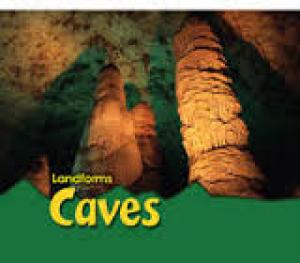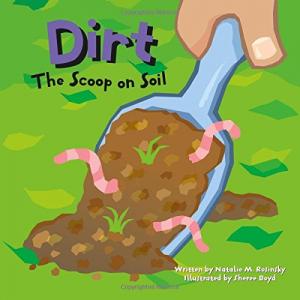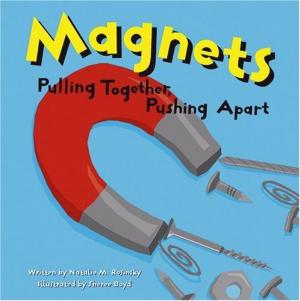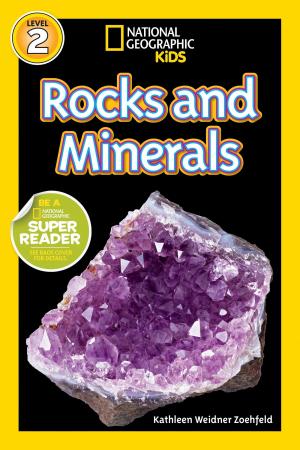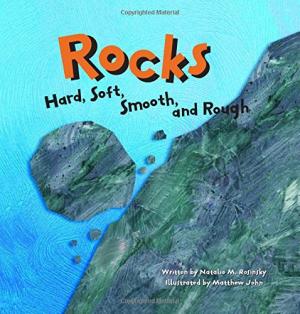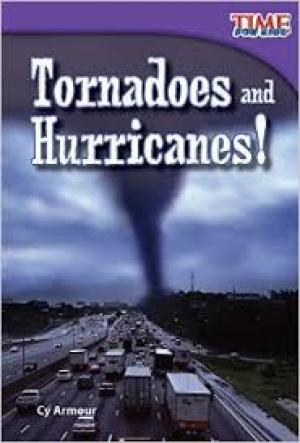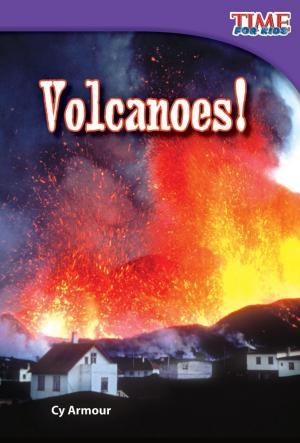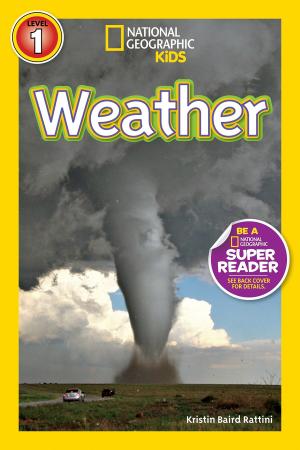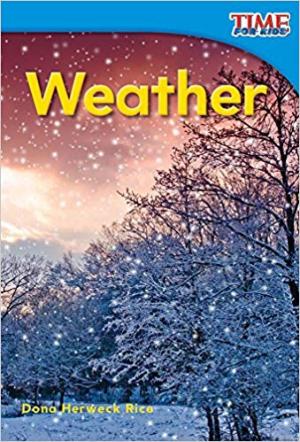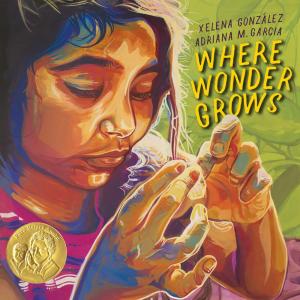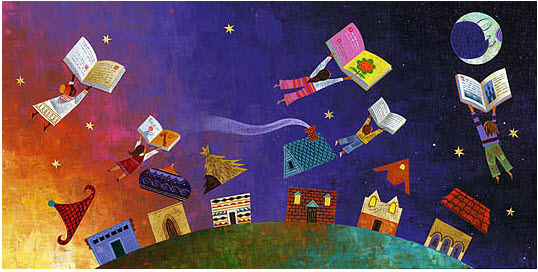Earth Science: Bilingual Books for Kids
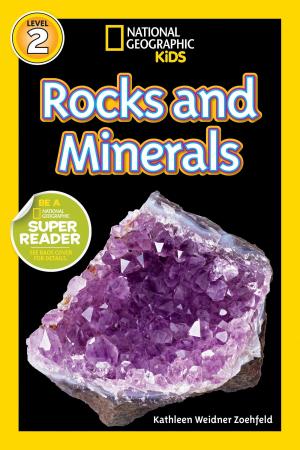
These books cover a wide range of topics within earth science -- geology, meterology, and more! Kids will learn about what makes magnets work, how precious gems form, and what causes volancoes to errupt. Many of these books are available in English and Spanish.
Caves (Acorn Series: Landforms)
Product Description: Each book in this series begins by explaining what a landform is before launching into the specific type of landform covered in the book. The titles use a compare and contrast format in order to get readers understanding the main characteristics of the geography being discussed. In this book, children learn about the features of caves, where caves are found, and what makes caves unique.
Dirt: The Scoop on Soil (Amazing Science)
Dig in to the wondrous world of dirt! In this introduction to soil, young science and nature lovers will discover the components of dirt, how it’s made, and how to maintain healthy soil for the environment. Alongside charming illustrations, award-winning author Natalie M. Rosinsky delivers fun, fact-filled text for an engaging read-aloud or beginning read-alone. Includes hands-on experiments!
Earthquakes! (TIME for Kids Nonfiction Readers)
Magnets: Pulling Together, Pushing Apart
Have you ever wondered what makes magnets work? Magnets, by Natalie M. Rosinsky introduces many different kinds of magnets, such as motors, compasses, and Earth’s magnetic poles. Clear text, vivid illustrations, fun facts, and simple experiments make this book a great introduction to magnets.
Rocks and Minerals (National Geographic Kids)
From dazzling gemstones to sparkling crystals to molten lava, this brilliantly illustrated book introduces children to the exciting world of rocks and minerals, including both the building blocks and the bling. This level two reader, written in easy-to-grasp text, will help cultivate the geologists of tomorrow!
Rocks: Hard, Soft, Smooth, and Rough (Amazing Science)
The rocks you see everyday can be grouped into different types, like igneous, sedimentary, or metamorphic. Some rocks are actually minerals, and you can even find fossils in some types of rocks. Complete with activities and experiments, this nonfiction science book is perfect for introducing children to geology.
Storms (National Geographic Kids)
Storms are SCARY! But it’s cool to understand what’s going on when Mother Nature gets angry. Why does the wind howl? Why does it rain for days? How do rivers overflow? Thunder and lightening, monsoons, hurricanes, tornadoes... the facts and photos in this book will blow you away!
Tornadoes and Hurricanes! (TIME for Kids Nonfiction Readers)
Volcanoes (National Geographic Readers)
Hot melted rock from the middle of our planet forces its way up through cracks in the Earth’s crusts, exploding violently and sometimes unexpectedly in volcanic fury that can terrorize populations for months, even years. Anne Schreiber’s narrative gives readers a little of the science, a little of the history, and a lot of the action. National Geographic photography fires the imagination on dramatic spreads alive with vivid images of lava, ash, molten rock, weird rocks, and steaming seawater.
Volcanoes! (TIME for Kids Nonfiction Readers)
Weather (National Geographic Kids)
What causes thunder and lightning? How do different clouds form? What makes a tornado twist? Kids will discover the answers to these questions and more in this colorful, photo-packed book. In this inviting and entertaining format, kids will discover what causes the weather they experience every day. This level 1 reader is written in an easy-to-grasp style to encourage the meteorologists of tomorrow!
Weather (TIME for Kids Informational Text)
Teach beginning readers about the various types of weather including rain, sunshine, snow, fog, wind, and clouds with pages full of bright, colorful images and simple, informational text. Through the use of descriptive, academic vocabulary, readers are encouraged to notice the changes in the weather around them.
Where Wonder Grows
Grandma knows that there is wondrous knowledge to be found everywhere you can think to look. She takes her girls to their special garden, and asks them to look over their collection of rocks, crystals, seashells, and meteorites to see what marvels they have to show. "They were here long before us and know so much more about our world than we ever will," Grandma says. So they are called grandfathers.
Related Content
Multicultural Literature
See more great related resources and videos in our Multicultural Literature section!

